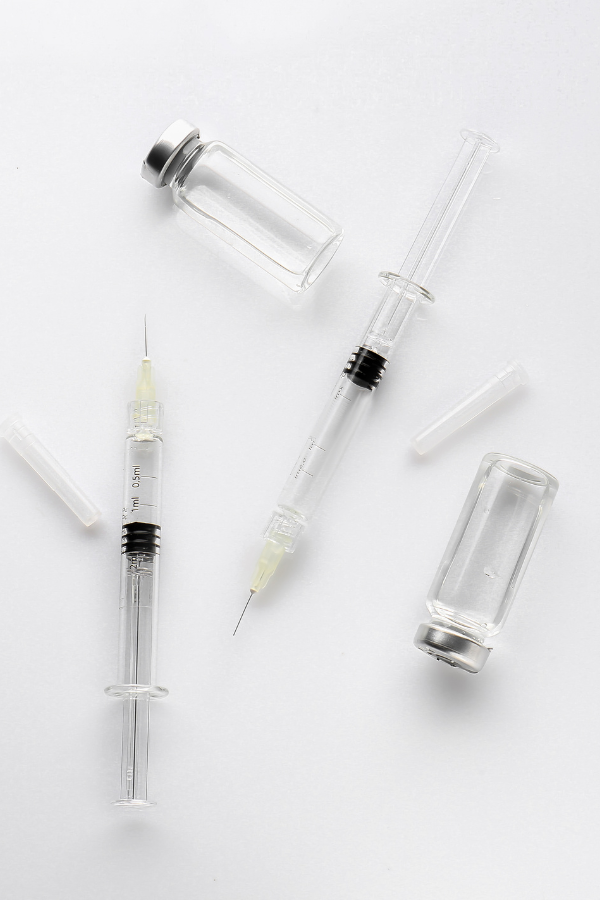ISO 8871-5:2025 – Key Updates to Functional Testing of Elastomeric Components for Injectable Drug Delivery
What’s New in ISO 8871-5:2025?
The ISO 8871 series outlines testing requirements for elastomeric parts used in drug delivery systems such as pre-filled syringes, cartridges, and vials. These include components like rubber stoppers, plungers, and seals, all critical to maintaining sterility, functionality, and patient safety.
The newly released ISO 8871-5:2025 updates the 2016 edition and introduces changes to terminology, test methods, and regulatory references. This revised guidance has implications for both component manufacturers and pharmaceutical companies relying on elastomeric parts in their parenteral products.
Cormica’s team of regulatory and testing experts closely monitors such changes to ensure our clients remain compliant with the latest international standards. Below, we explore the key updates introduced in this latest edition and their potential impact.

Type:
Author:

Steven Malbon
Steven has over 10 years of experience in the medical device industry and is the Combination & Physical Devices Manager at Medical Engineering Technologies Ltd (MET), a Cormica lab.
Key Terminology Changes
Several key terms have been updated to improve clarity and consistency with other international standards:
- “Aqueous solution tightness” has been renamed “dye solution tightness“, reflecting the fact that test media can vary and are not limited to water-based solutions.
- “Methylene blue”, historically used as the standard dye, is now referenced more broadly as an “appropriate dye solution”, offering more flexibility in method selection.
- The term “elastomeric” has been removed from multiple section titles and definitions to better align with international naming conventions. While these materials are still the focus, the simplified terminology supports consistency with related standards.

Revisions to Testing Procedures
Several subtle but meaningful updates have been made to test methods to improve clarity and reproducibility:
Fragmentation Testing
More specific guidance is now provided on particle size thresholds, how to count fragments, and the level of magnification required during visual inspections. These updates aim to reduce variability between laboratories and improve the reliability of results.
Seal Integrity Testing
The maximum pore size allowed for microbial barrier testing has increased from 0.5 µm to 5.0 µm, aligning the requirement with ISO 11608-3:2022, which applies to injection systems. This change reflects current understanding of microbial ingress and helps harmonise expectations across standards.
Separation of Dye Tightness and Self-Sealing Tests
Previously combined, these tests are now treated independently. By evaluating dye tightness separately from self-sealing capability, the standard helps reduce misinterpretation and strengthens the quality of test data.
Greater Alignment with International Standards
Increased harmonisation with pharmacopoeial and ISO standards enhances the utility of ISO 8871-5:2025 for global regulatory submissions.
Key references include:
- USP <788>: Particulate matter in injections
- USP <1207>: Container closure integrity testing
- ISO 11608-3:2022: Requirements for injection systems and related components
These additions reflect growing global focus on standardised quality benchmarks for sterile packaging systems.
What This Means for Manufacturers and Laboratories
While the technical changes may seem modest, they have practical implications. Manufacturers and testing laboratories will need to:
- Review and update Standard Operating Procedures (SOPs)
- Evaluate whether existing test methods align with the revised guidance
- Consider re-validating methods or adjusting equipment settings
- Provide staff training on updated definitions and procedures
Cormica provide expert support to help you interpret and implement these changes efficiently. Our experience with global regulatory standards allows us to assist clients at every stage, from method validation to routine testing and regulatory submissions.
Stay Compliant with Confidence
ISO 8871-5:2025 reflects the pharmaceutical industry’s evolving expectations for product safety and regulatory alignment. While the changes are designed to support clarity and harmonisation, they also place responsibility on manufacturers to ensure that internal procedures remain current and compliant.
If you are unsure how these changes affect your testing strategy, Cormica can help. We offer comprehensive support to ensure your products meet the most up-to-date international requirements.

